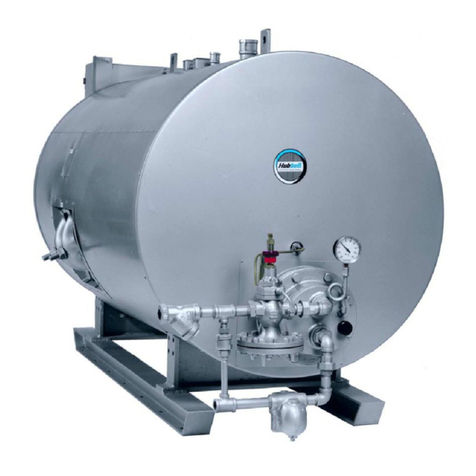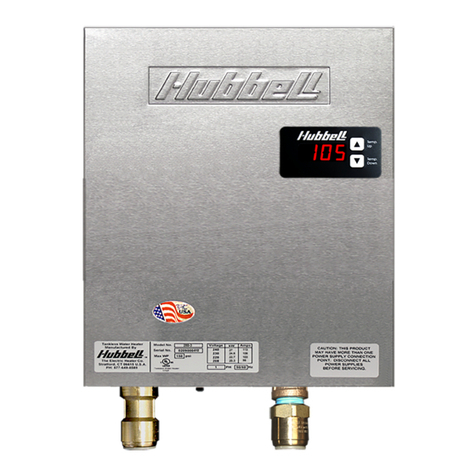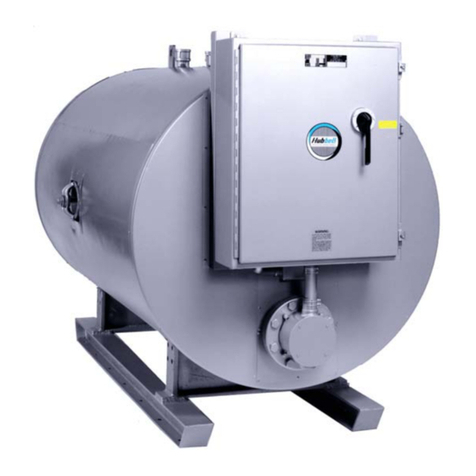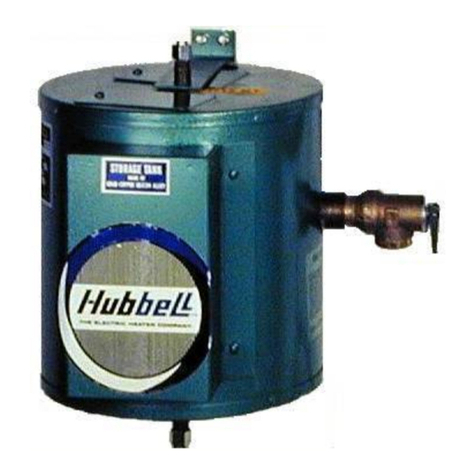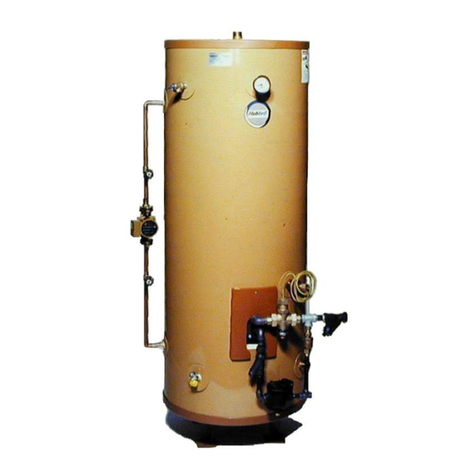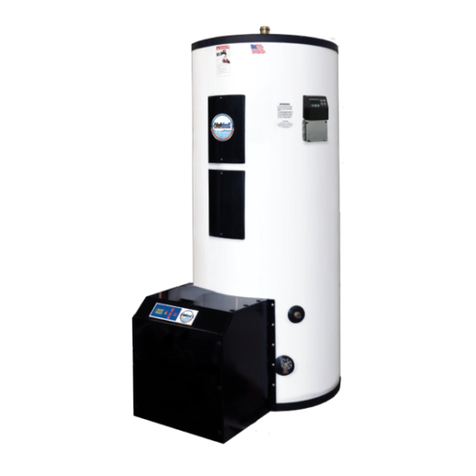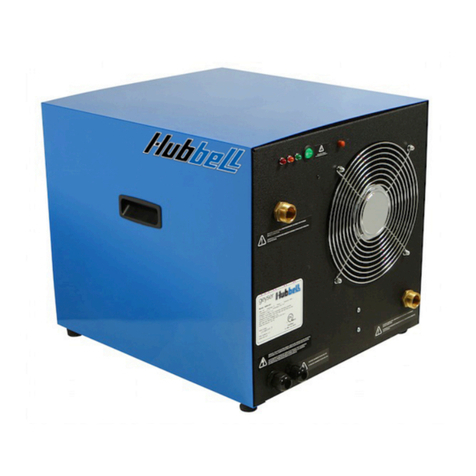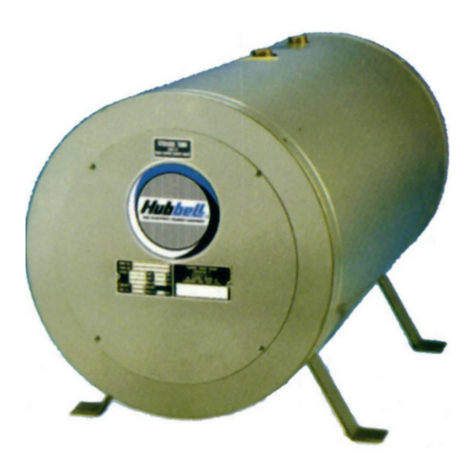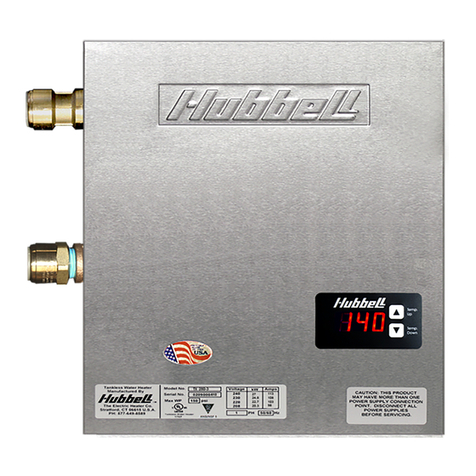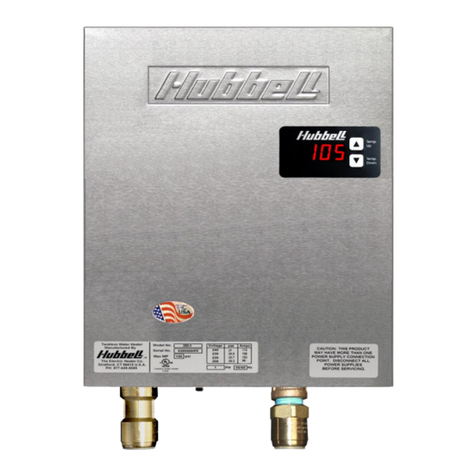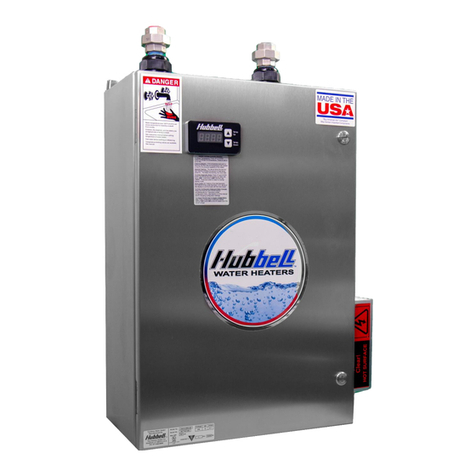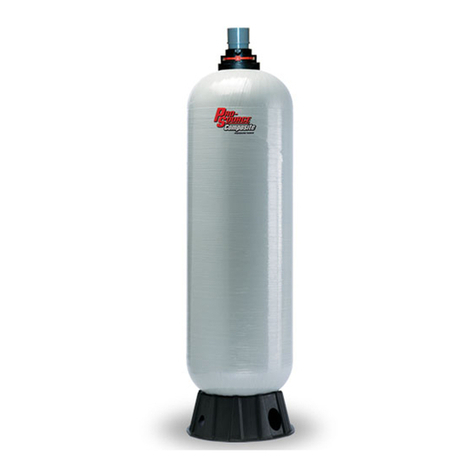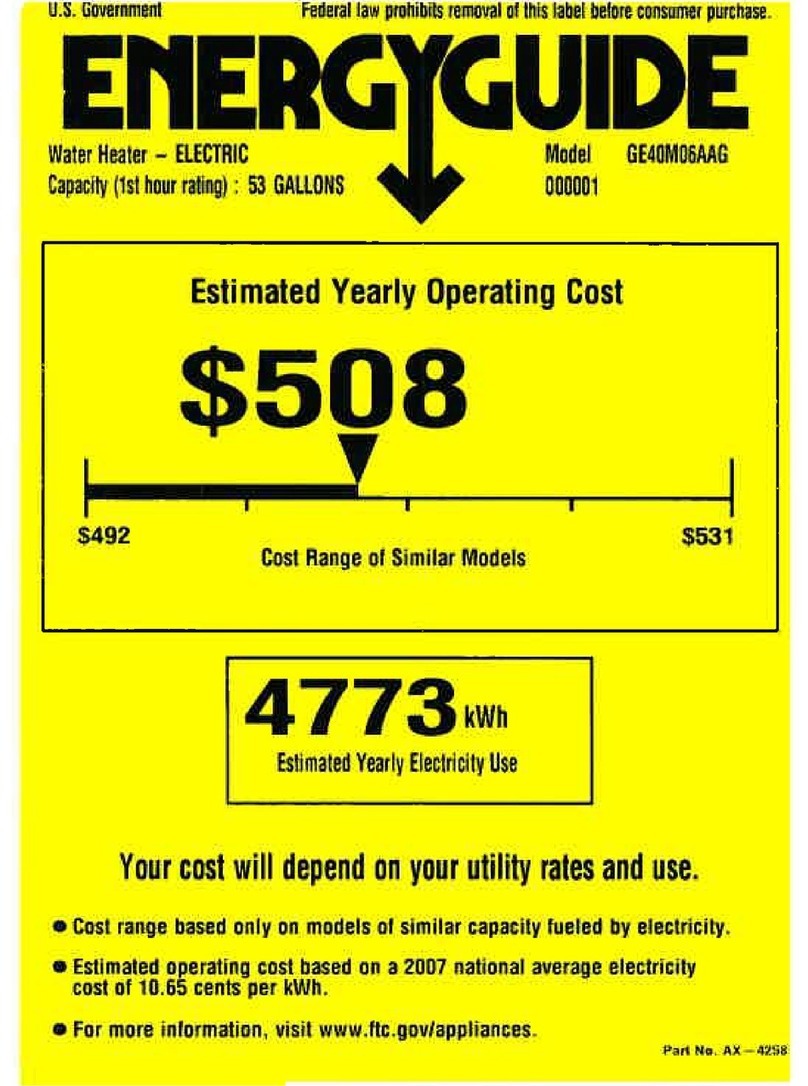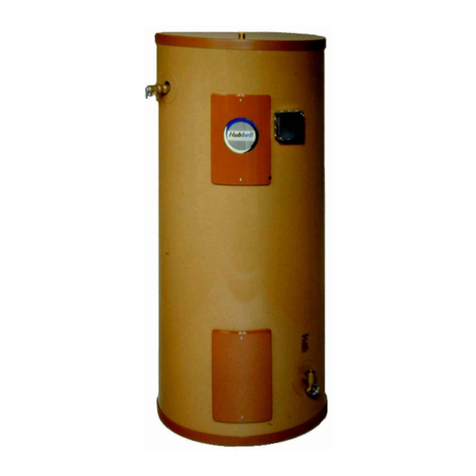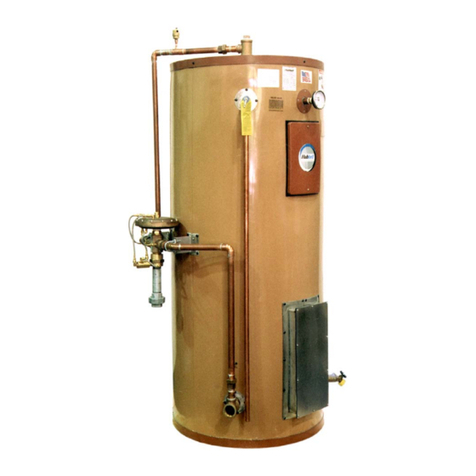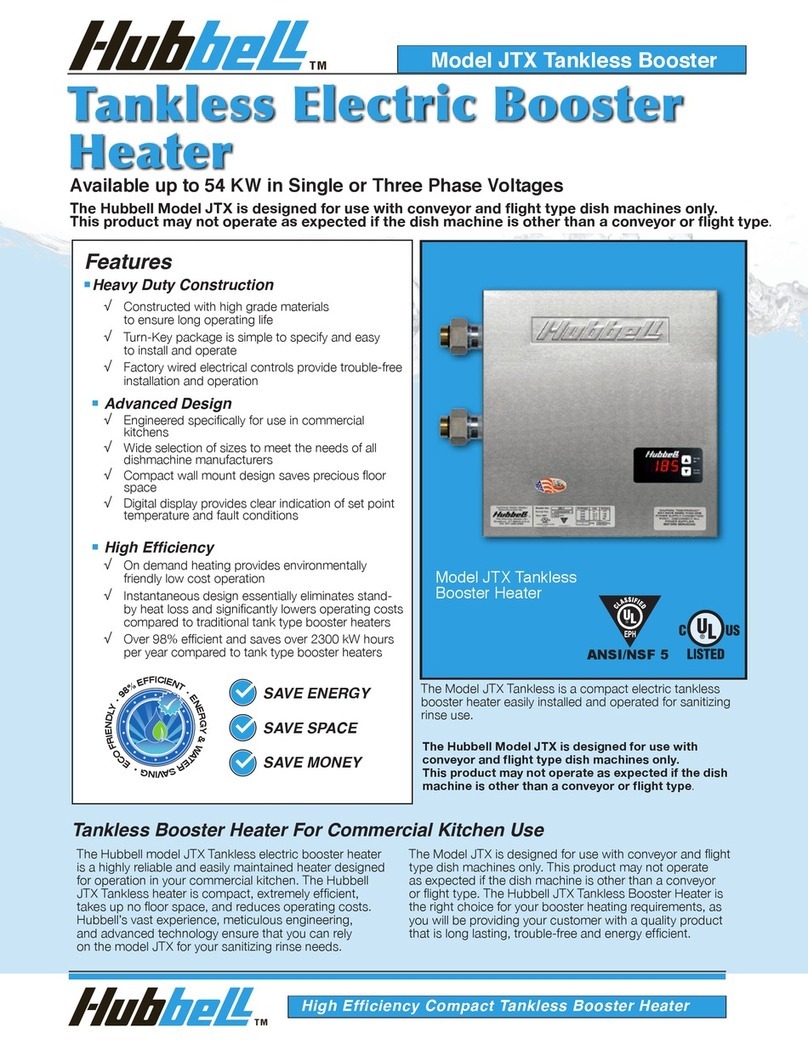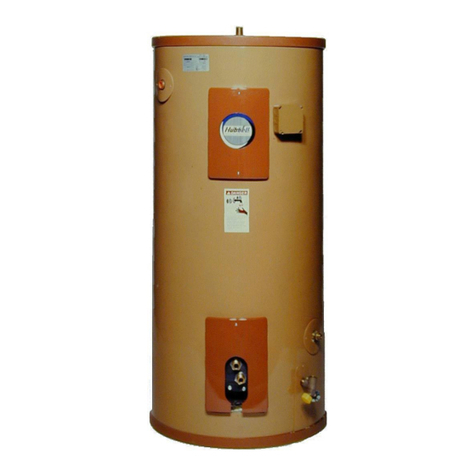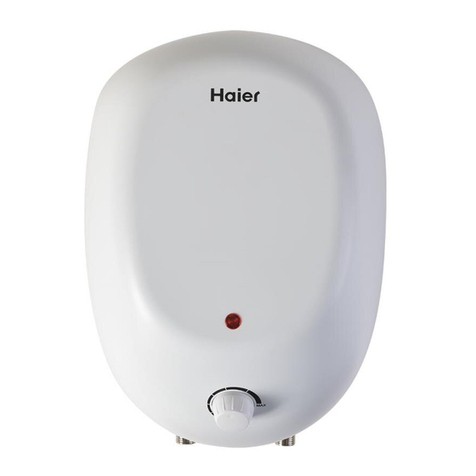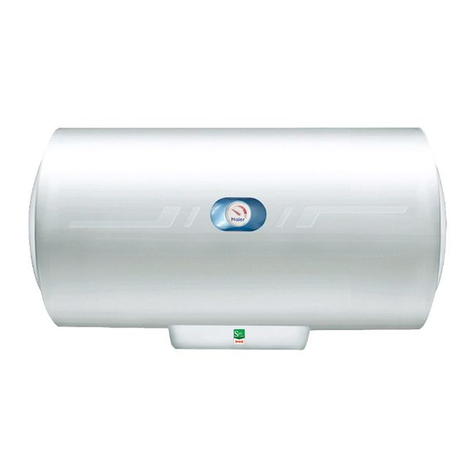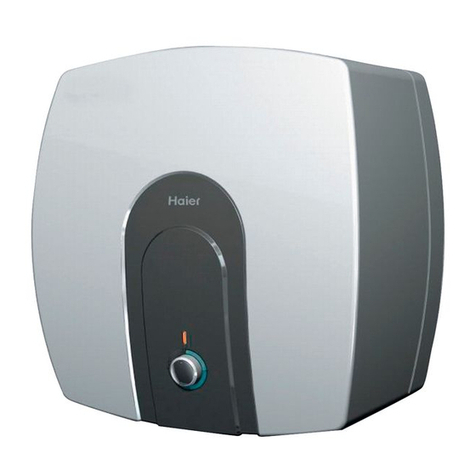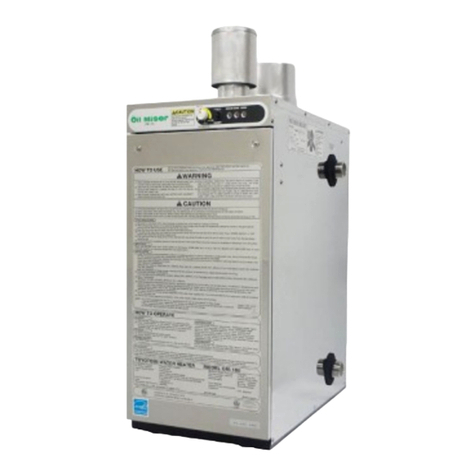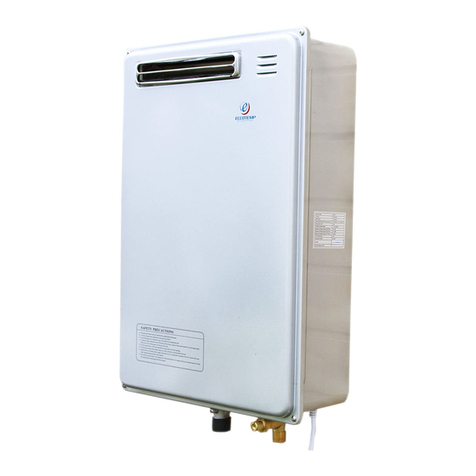SECTION I
GENERAL DESCRIPTION AND CONSTRUCTION
GENERAL DESCRIPTION
This manual provides a complete description, as well as installation, operation, troubleshooting,
maintenance, and servicing procedures for a fully packaged indirect fired water heater. This
heater provides potable hot water for various functions. It is a permanently installed, stationary,
self-contained unit with automatic operating controls.
The complete assembly on a standard unit consists of the storage tank, a brazed plate heat
exchanger (piped to the storage tank), a circulator pump, and an ASME rated combination
temperature and pressure safety relief valve. Optional equipment may be supplied with your
unit. Please consult the product drawing for details specific to your assembly. The unit is
factory assembled, insulated, jacketed, piped, tested, and ready for service connections.
GENERAL OPERATION
The BWP model operates using boiler water as its energy source for heating potable hot water.
The BWP series can provide potable hot water up to 180°F. Therefore, the supplied boiler
water must be within the range of 150°F to a maximum of 220°F and must be at least 5° above
the potable water temperature desired from the water heater storage tank outlet.
Boiler water and potable water enter the plate heat exchanger, in a counter flow pattern, where
heat transfer takes place from the boiler water to the potable water. The heated potable water
exits the heat exchanger and enters the storage tank. An integrally mounted control panel
provides a central location for electrical power connections.
How it Works
1. When there is a demand for hot water consumption, hot water exits from the top of the
storage tank and is replaced by cold water entering the bottom of the tank. When enough
cold water enters the storage tank to lower the stored hot water temperature below the
desired value, the control circuit closes creating a call-for-heat, which energizes the
circulating pump and boiler water control valve.
2. When the circulating pump and control valve are energized, the pump circulates domestic
water from the storage tank through the potable side of the heat exchanger plates. Boiler
water flowing through the opposing side of the heat exchanger plates heats the potable
water before it returns to the storage tank.
3. When the stored water temperature increases above the desired value, the control circuit
opens and the circulating pump and boiler water control valve are de-energized. With
the pump no longer running, no more potable water flows from the heat exchanger into
the storage tank.
CONSTRUCTION
The water heater components and operating controls are factory selected, sized, piped, and
tested to ensure reliable operation. See applicable drawing supplied with water heater for
specific details.
TANK CONNECTIONS
The storage tank is constructed of all welded carbon steel, and internally lined with specially
formulated Hydrastone cement to a ½-inch minimum thickness for superior protection and tank
longevity. The tank is designed for a maximum allowable working pressure of 150 psi (225 psi
TP).
